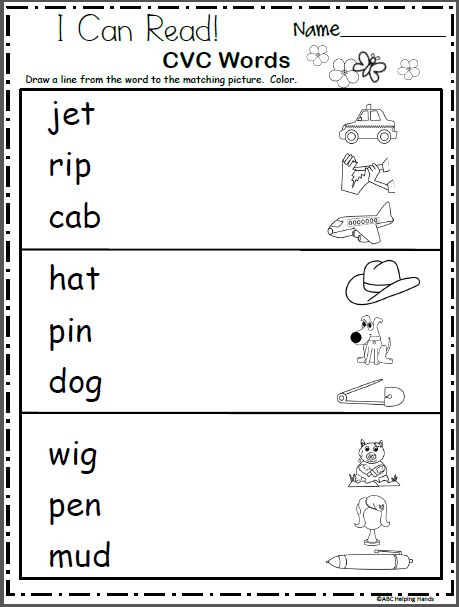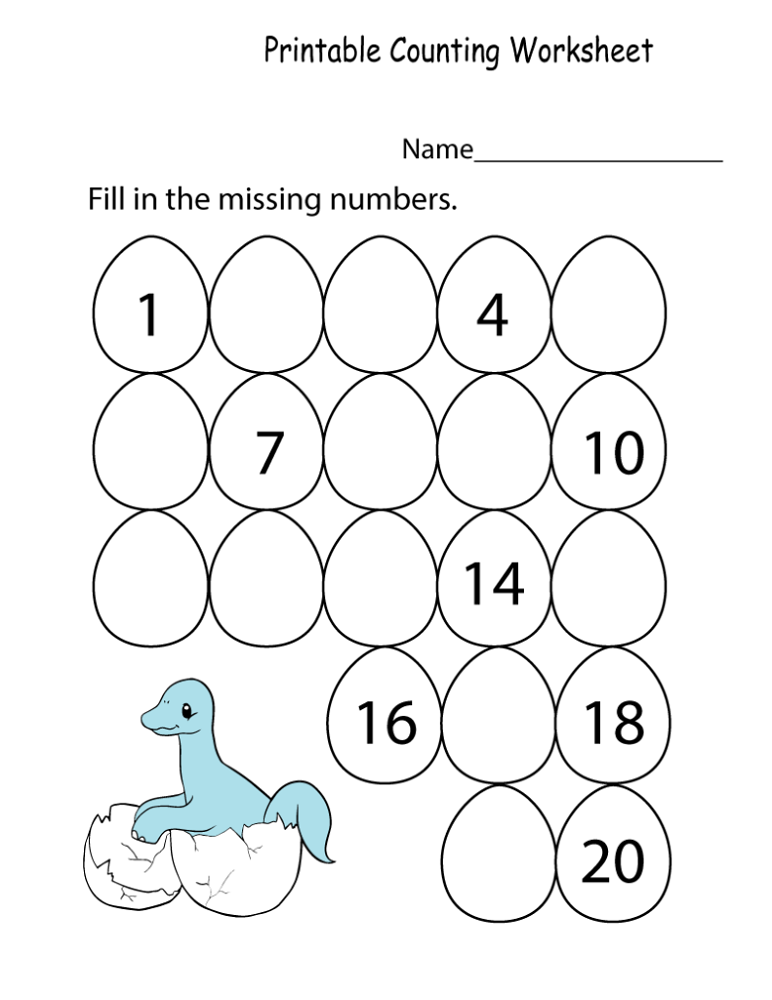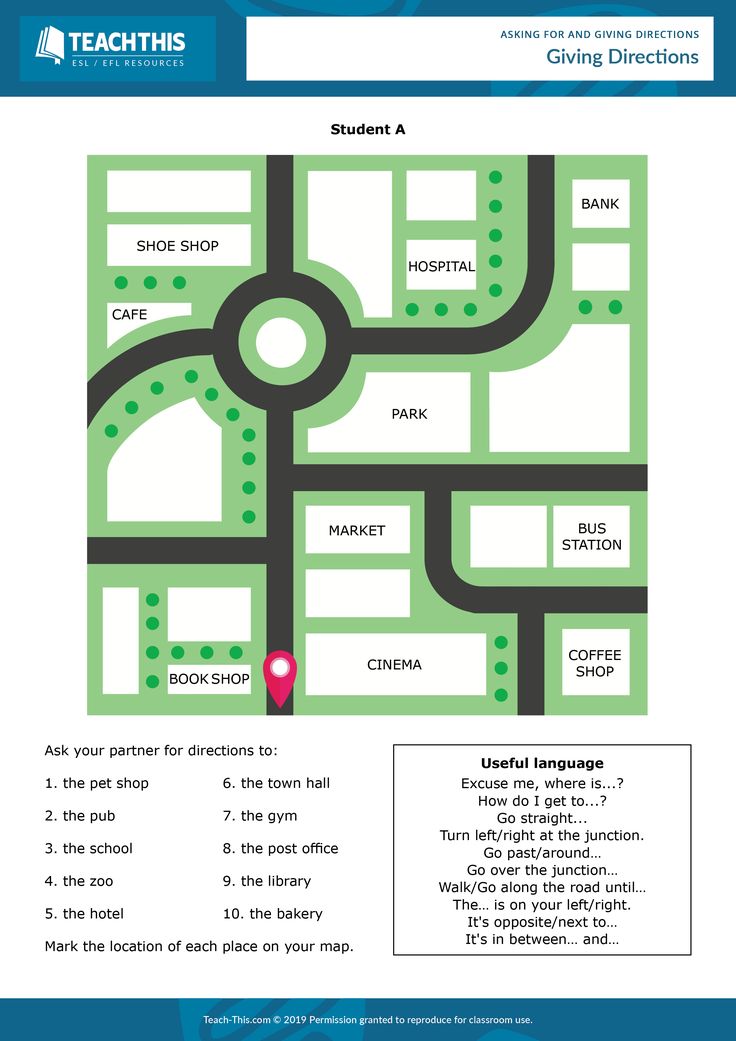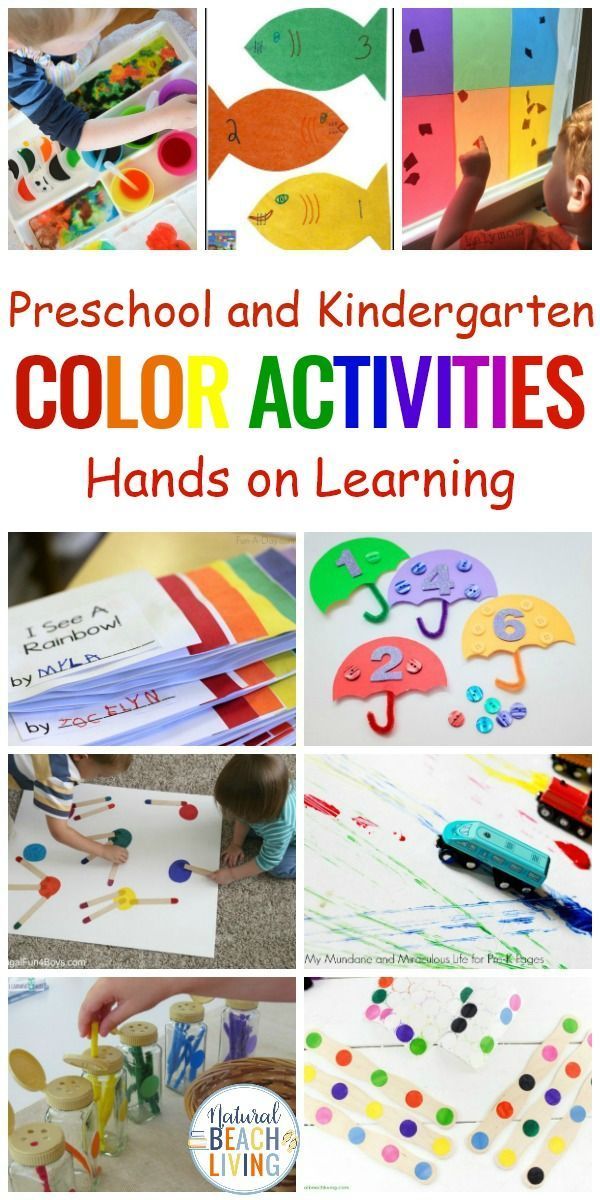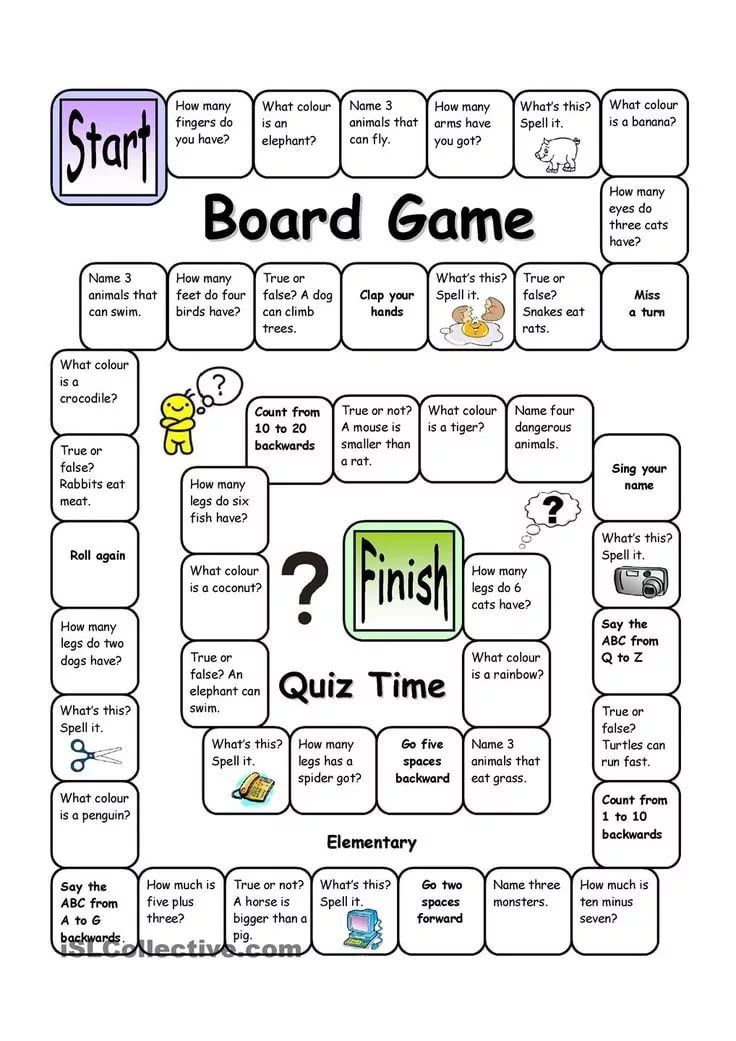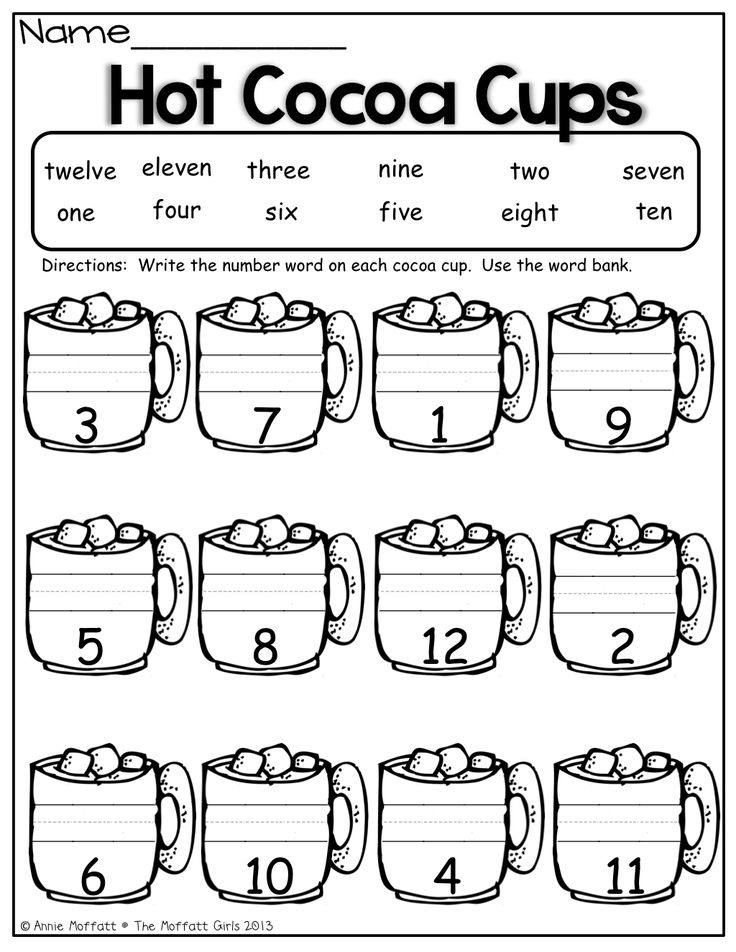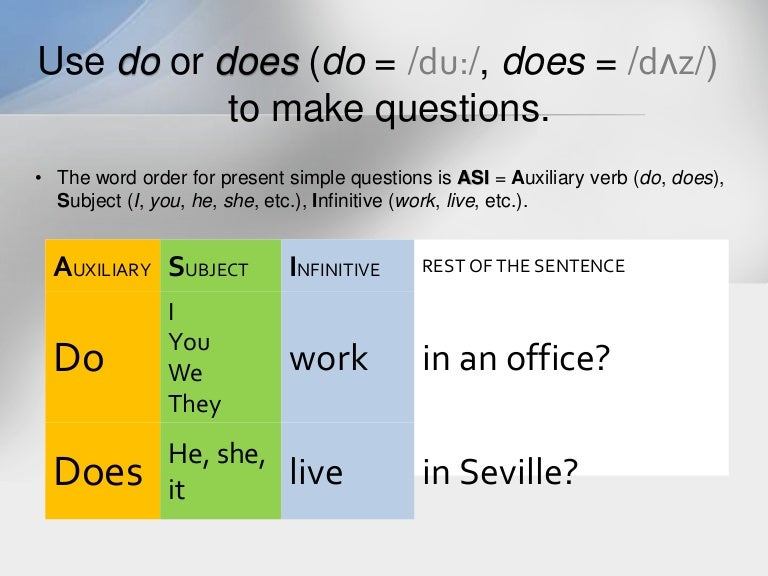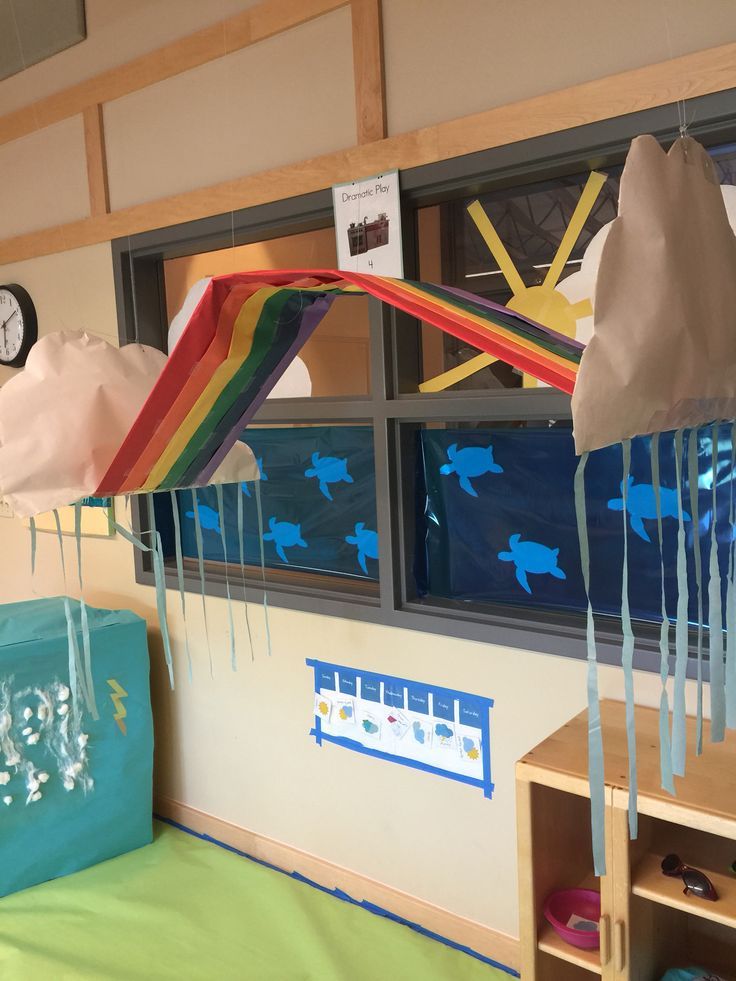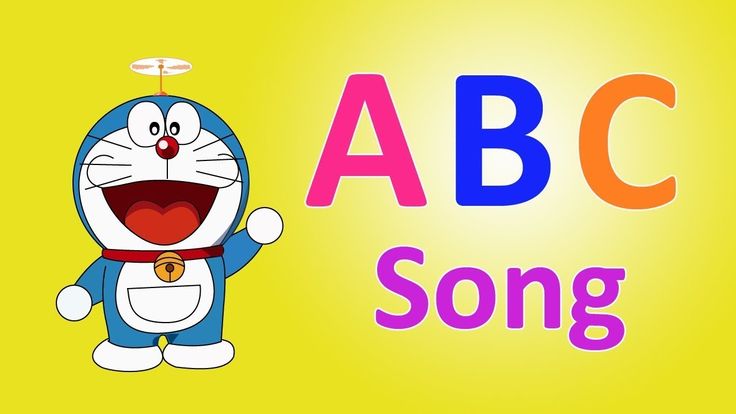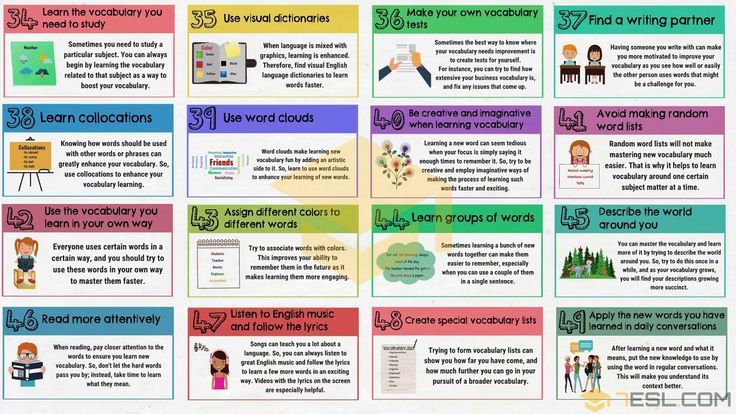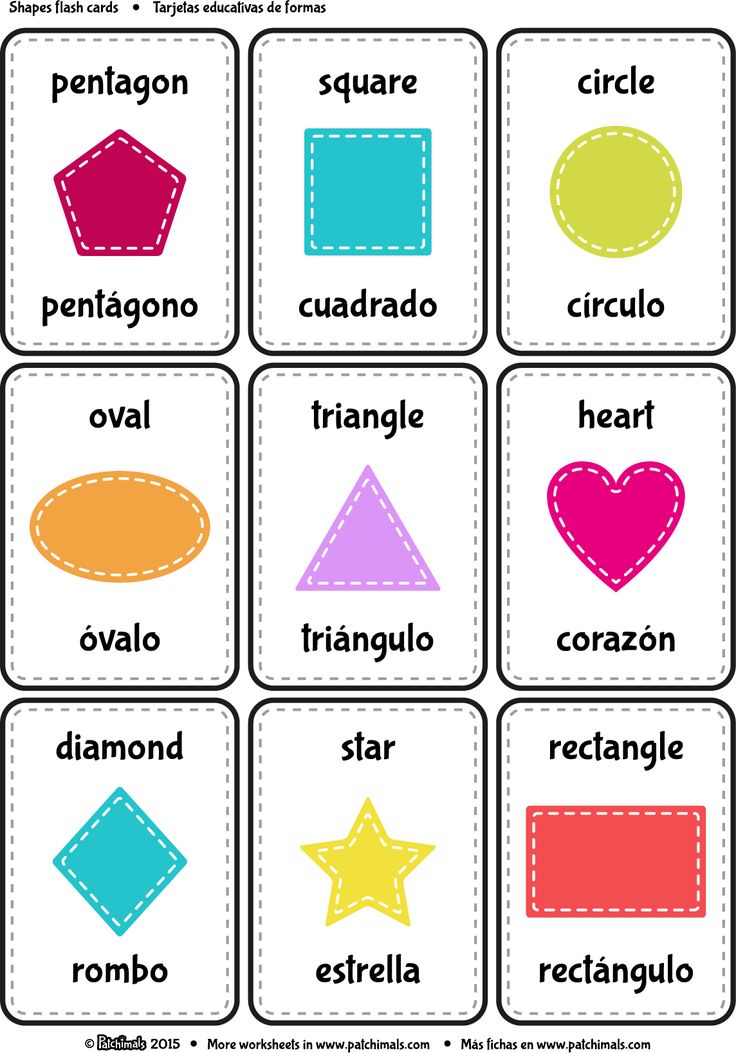Reading for preschoolers
Reading Tips for Parents of Preschoolers
By: Reading Rockets
Read early and read often. The early years are critical to developing a lifelong love of reading. It's never too early to begin reading to your child! The tips below offer some fun ways you can help your child become a happy and confident reader. Try a new tip each week. See what works best for your child.
These tips for parents of preschoolers are also available as a one-page handout to download and print.
Read together every day
Read to your child every day. Make this a warm and loving time when the two of you can cuddle close.
Give everything a name
Build your child's vocabulary by talking about interesting words and objects. For example, "Look at that airplane! Those are the wings of the plane. Why do you think they are called wings?"
Say how much you enjoy reading
Tell your child how much you enjoy reading with him or her. Talk about "story time" as the favorite part of your day.
Read with fun in your voice
Read to your child with humor and expression. Use different voices. Ham it up!
Know when to stop
Put the book away for awhile if your child loses interest or is having trouble paying attention.
Be interactive
Discuss what's happening in the book, point out things on the page, and ask questions.
Read it again and again
Go ahead and read your child's favorite book for the 100th time!
Talk about writing, too
Mention to your child how we read from left to right and how words are separated by spaces.
Point out print everywhere
Talk about the written words you see in the world around you. Ask your child to find a new word on each outing.
Get your child evaluated
Please be sure to see your child's pediatrician or teacher as soon as possible if you have concerns about your child's language development, hearing, or sight.
Reading tips in other languages
A downloadable handout, for parents of babies, toddlers, and children in preschool to grade 3, is available in the following languages:
Reading tips for parents of…
Reading Rockets (2021)
Reprints
You are welcome to print copies or republish materials for non-commercial use as long as credit is given to Reading Rockets and the author(s).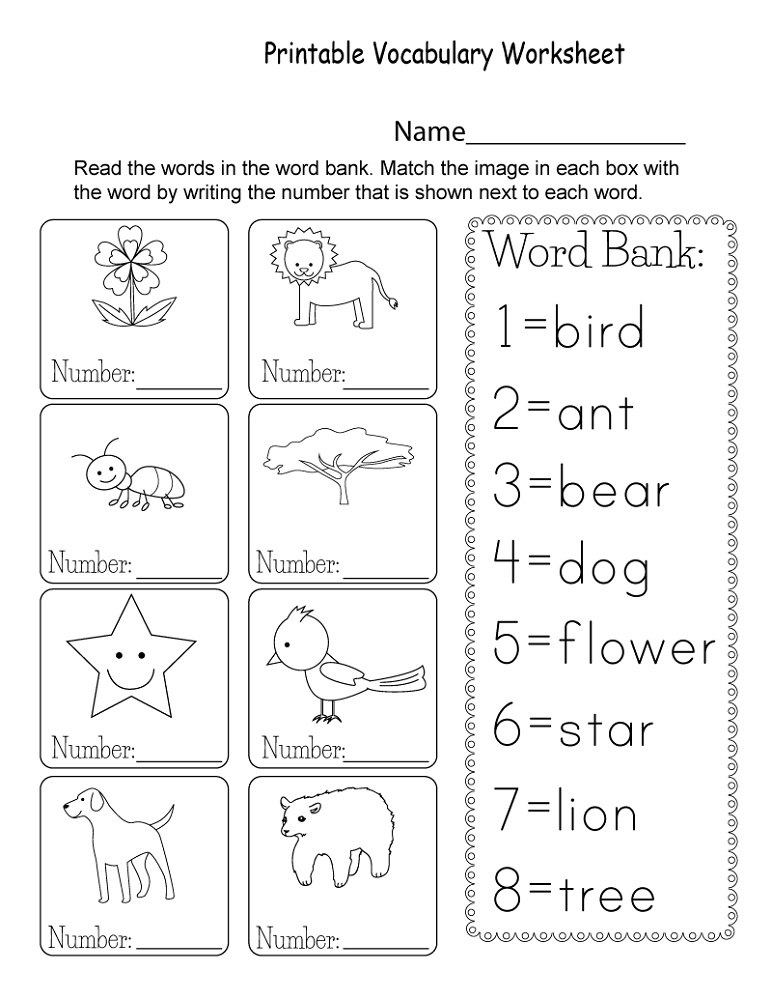 For commercial use, please contact [email protected]
For commercial use, please contact [email protected]
Related Topics
Early Literacy Development
Oral Language
Print Awareness
Reading Aloud
Vocabulary
New and Popular
Cracking the Code: How and Why Big Horn Elementary School Went All-In with Structured Literacy
Print-to-Speech and Speech-to-Print: Mapping Early Literacy
100 Children’s Authors and Illustrators Everyone Should Know
A New Model for Teaching High-Frequency Words
7 Great Ways to Encourage Your Child's Writing
Screening, Diagnosing, and Progress Monitoring for Fluency: The Details
Phonemic Activities for the Preschool or Elementary Classroom
Our Literacy Blogs
“It Works” and Other Myths of the Science of Reading Era
Kids and educational media
Meet Ali Kamanda and Jorge Redmond, authors of Black Boy, Black Boy: Celebrating the Power of You
Get Widget |
Subscribe
The Complete Guide For Parents
It might feel like your child is growing like a sprout — just yesterday it seemed they were learning how to walk, and now they’re embarking on the wonderful world of preschool reading!
But don’t worry, we’re here to make sure you don’t get swept up in the tide.
Once your child advances to preschool reading, they’ll be introduced to new adventures and knowledge. All the while, they’ll develop loads of critical skills that will support their learning for years to come. Talk about reading readiness!
Our goal with this article is to let you know what your preschooler will learn and accomplish, as well as how you can elevate their learning at home (while having fun!).
Elements Of Preschool Reading
Learning to read is a complex process. Before your child cozies up with a volume of Shakespeare, there are some skills they’ll need to learn first.
Listening
Preschool introduces your child to so many new things! One of the first (and most important) lessons they’ll learn is how to listen.
The levels of focus your child uses in the classroom and at home are likely very different. The attentive listening necessary for successful learning is something your child may not be accustomed to at first.
Don’t fret! It will take time, but during preschool, your child will learn how to listen carefully so they can absorb and execute their teachers’ instructions.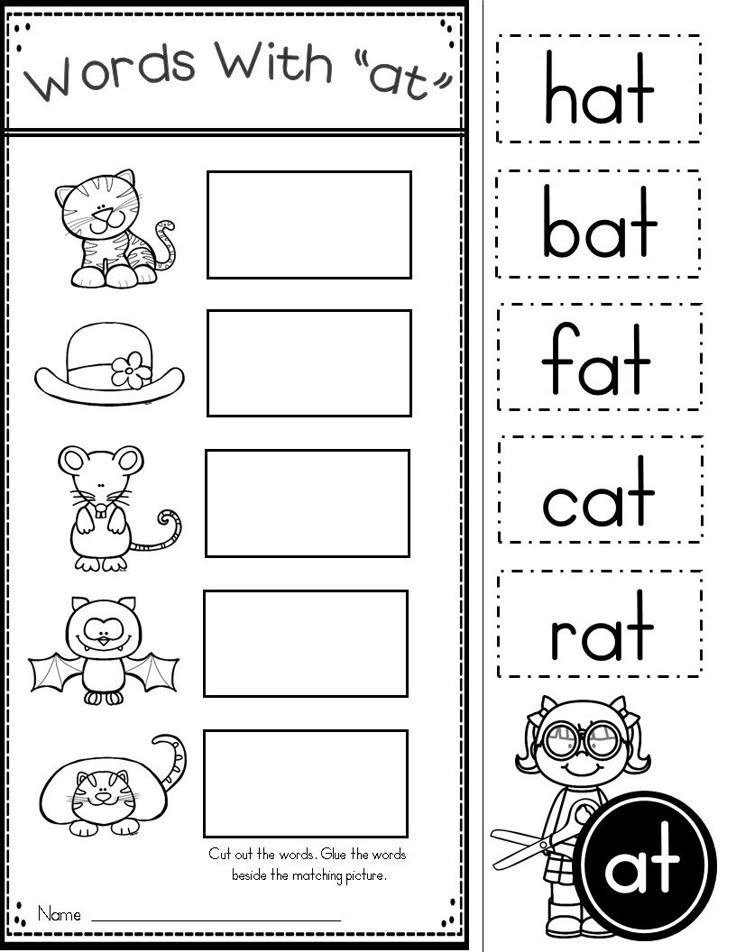 An added bonus — their listening skills will improve at home, too!
An added bonus — their listening skills will improve at home, too!
Listening attentively is particularly important during preschool reading. In order to properly receive and internalize all the information they’ll get from a story, your child needs to have their ears “open” and their brains “on.”
Literary Responsiveness
Stories are all about emotions. Your child will likely understand this instinctively. When a character does something bad or silly, they’ll react to the action with disapproval or laughter.
The more engaging the book, the more dramatic a reaction your child may have. If they’re invested in the events of a story, they’ll probably display some intense responses! Responsiveness to stories shows that your child is engaged, focused, and learning.
Try to choose books that appeal to your child’s interests. Additionally, books that emphasize simple storylines, easy sentences, vibrant pictures, and plenty of action are great choices!
These books should also have content that helps your child learn while still having fun.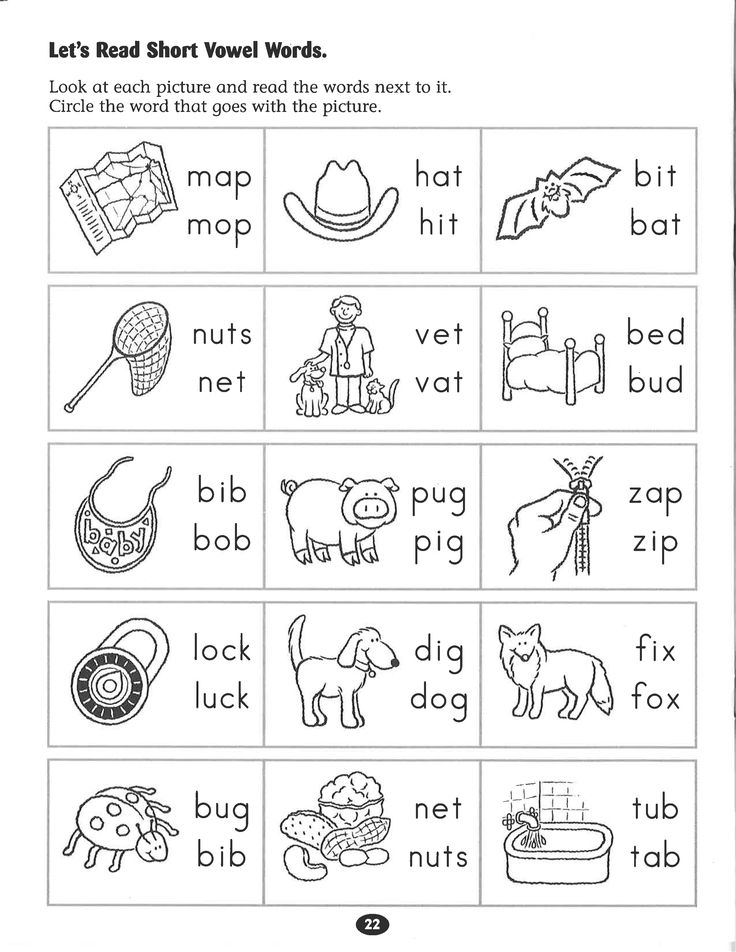 Working on their colors, alphabet skills, or sizes, shapes, and numbers as part of storytime is a bonus!
Working on their colors, alphabet skills, or sizes, shapes, and numbers as part of storytime is a bonus!
Phonological Awareness And Learning The Alphabet
Before learning how to read words, your child has to learn how words are made — with letters and sounds, of course!
This is where phonological awareness, alphabetic skills, and letter-sound correspondence come into play.
Phonological awareness involves the sounds that make up words. For preschoolers, that means, among other things, recognizing rhyming words and being able to count the number of syllables in a word.
When we say “letter-sound correspondence,” we mean that your child not only knows the alphabet but also knows what sounds match the alphabet letters. Your child will learn the sound represented by the letter T before they learn how to read and write it.
Knowing how to recognize these letters, both uppercase and lowercase, means your child will be able to engage in phonological awareness activities of all kinds.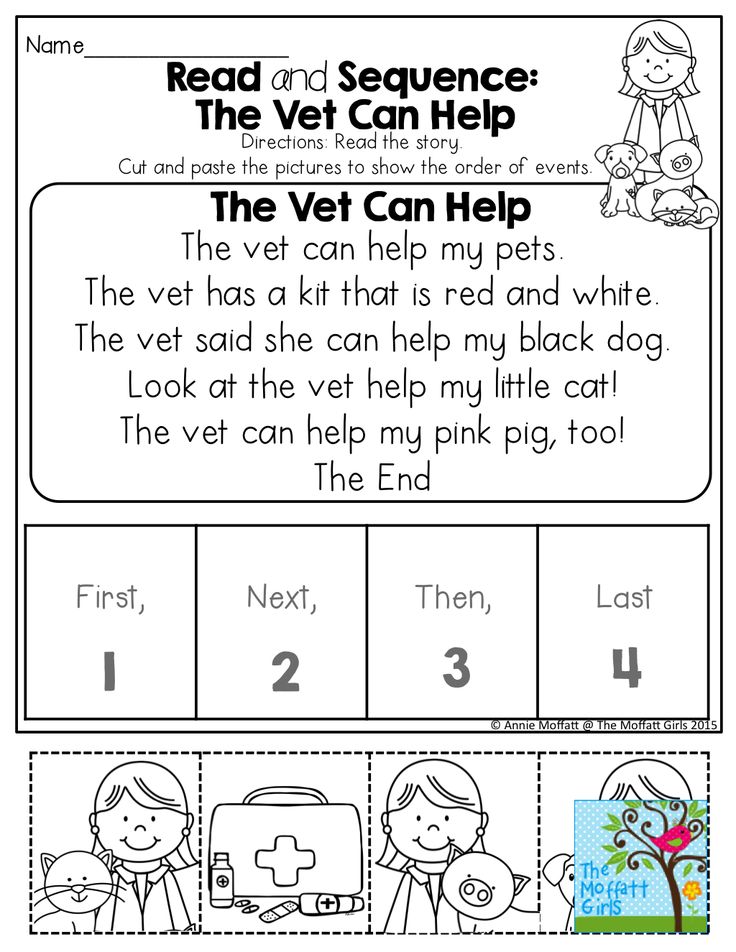
As a result, they’ll become a mighty and capable preschool learner!
Reading Comprehension
Preschoolers are a little too young to know how to pinpoint metaphors or talk about what characters might represent. However, that doesn’t mean preschool reading doesn’t include comprehension skills!
Your preschooler will learn how to summarize a story’s events by prioritizing important details. They’ll also use their recall skills to retell their favorite simple stories. These summaries will be sequential, too, as they learn how to follow and remember a story in order.
Preschoolers may ask questions about what happened in a story to learn more about it. Additionally, they can answer simple questions about things that happened, how characters felt, or about concrete visual details (what color was Rapunzel’s hair?).
Focused comprehension skills contribute to your child’s understanding of language and storytelling and adds to their vocabulary.
They’ll get better and better at comprehension the more they practice it!
Writing And Reading Applications
What may look like scribbles to you are your preschooler’s attempts at writing! Pre-writing activities, like scribbling and drawing, are crucial for the development of your child’s reading and writing skills.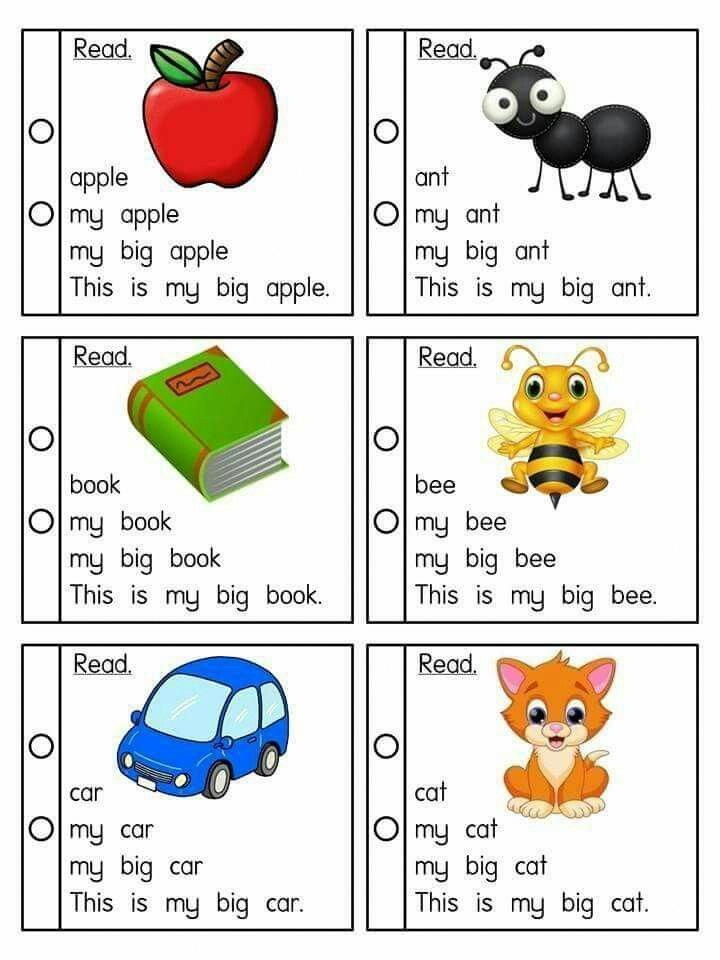
It’s perfectly fine that their writing may not be legible yet. What matters is that your child is expressing a desire to write and can distinguish between their own writing and drawing.
During preschool, your child will copy letters and words with increasing accuracy as their fine motor skills develop. The very first thing they’ll likely learn how to do is to write and read their own name.
If they have siblings, they’ll probably use this skill to their great advantage to start labeling things that belong to them.
As their writing skills develop during preschool, so will their reading skills and, as a result, their interest in stories. They may launch into storytelling at any moment, either about an event that happened during their day or about a story they read with their class.
They may grow more adventurous with reading, asking to read on their own (which will mostly include reciting their favorite book from memory), or engage in pseudo reading by “reading” store signs, recipe instructions as you cook, or birthday cards.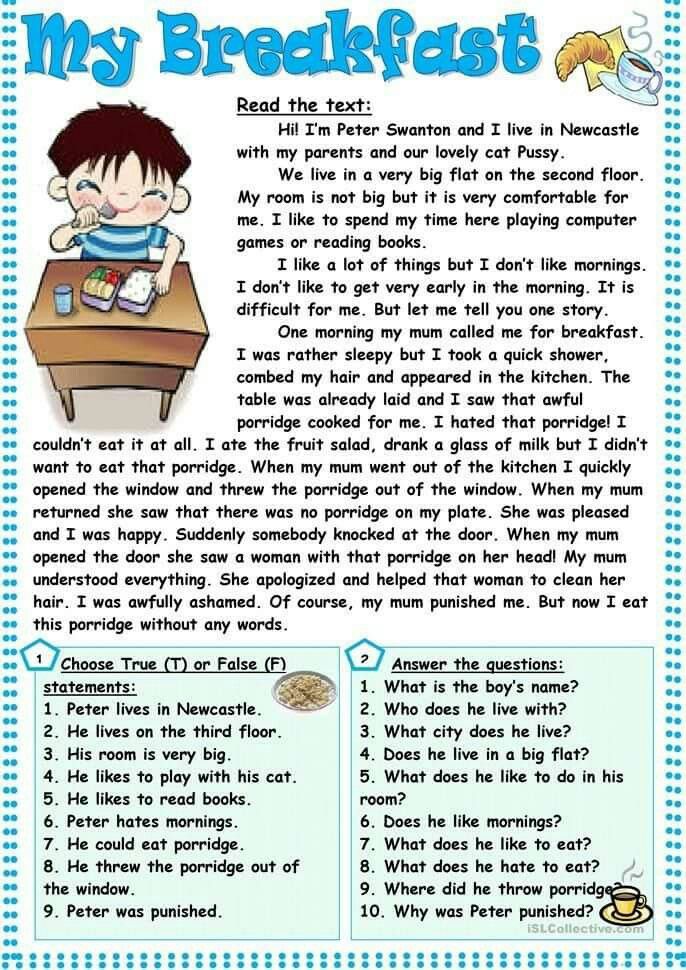
Book And Print Awareness
Last but not least, your child’s preschool reading skills will include book and print awareness skills. Your child will learn more than just the things happening to characters.
They’ll also learn how to use the information on books to get hints about a story. The cover illustration, for instance, is often a preview to the story within.
They will learn what the author and illustrator do, as well as how to identify information aspects of a book such as the title, the table of contents, and the spine.
They’ll also understand how to use books properly. They’ll learn that pages turn from right to left, reading happens from left to right and top to bottom, and that the spaces between words help us read.
Pictures are also great elements to rely on, as well. Your child will learn to use pictures and illustrations to support the information they hear and read in stories.
Strengthening Preschool Reading Skills
Practice The Alphabet
Practicing the alphabet is always a great way to support your child’s preschool reading skills!
Singing the alphabet and playing alphabet games are easy, fun ways to practice their knowledge and help them master the alphabet.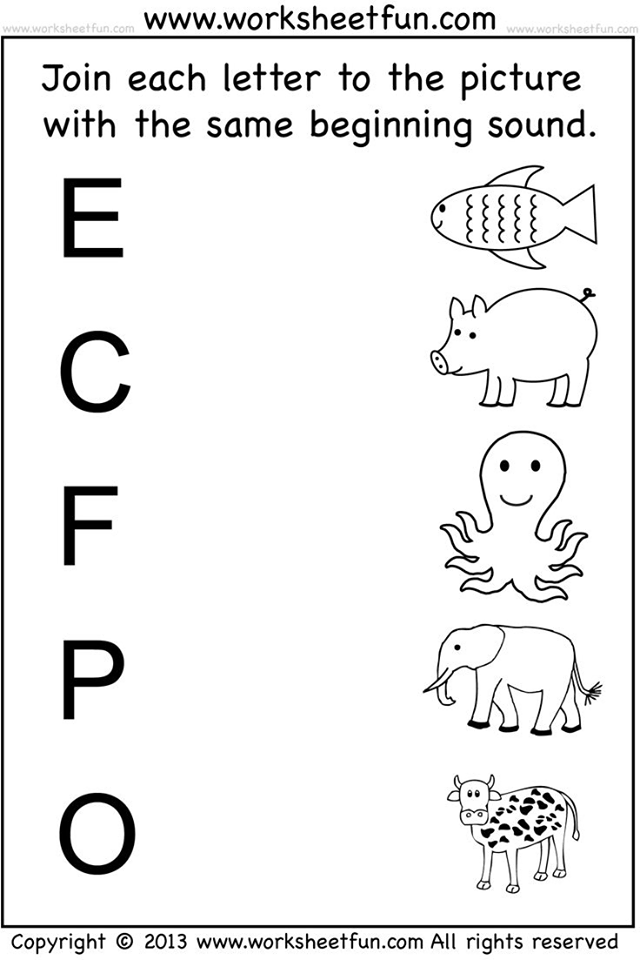
These activities will help them understand the alphabetic principle and support their efforts in recognizing and learning letters.
Play Phonological Awareness Games
At HOMER, we offer several phonological awareness games you and your child can play together. They’re simple, effective, and lots of fun!
Phonological awareness games emphasize your child’s ability to play with words by rhyming or swapping around different letter sounds in words. These games will help develop their preschool reading skills and beyond!
Work On Their Fine Motor Skills
Developing your preschoolers’ writing skills doesn’t just have to involve tracing letters. We encourage you to experiment with different ways to develop their fine motor skills.
One such way is by incorporating time for your child to craft with you. You can cut, glue, paint, and trace different shapes, numbers, letters, or imaginative illustrations. All of these things allow your child’s fine motor skills to grow.
Don’t be afraid to include your child when you have a writing task. For example, if someone has a birthday coming up and you’re writing a card for them, we encourage you to leave a little space for your child to “write” their own message.
Practice makes perfect!
Make Up Stories Together
Who says you have to limit your child to reading books that are already published? It might be a nice change of pace to make up a story together!
You two can choose to write down your story and pair it with illustrations or just tell it orally. You can start by providing a scenario.
For example, “One sunny day, Mr. Turtle was sitting on a log.” Then ask your child to tell you what might happen next. Repeat the process until your story is complete!
Explore New Learning Methods
Traditional learning methods are great (they’re traditions for a reason!). But every now and then, your child may be itching for something new.
HOMER’s Learn & Grow app may be the perfect thing to change up your routine! Our personalized activities will help your preschooler fine-tune their reading skills and really relish in the fun and excitement that comes with reading.
Preschool Reading Is Just The Beginning
We hope this article helped you navigate the world of preschool reading. We want to leave you with a reminder that this complete guide isn’t a set of rules. Your child may learn some of these skills a little faster or slower than you expect.
That’s perfectly OK! Children learn at their own pace. With all of these fun activities, we know you’ll enjoy the process of “getting there” as much as you will enjoy your child mastering preschool reading.
And don’t forget — HOMER is always here to lend a helping hand in your child’s reading journey. Our Learn & Grow app is ready and waiting with tons of learning activities just for them!
Author
20 reading texts for children aged 5-6-7-8
A child who has learned to put sounds into syllables, syllables into words, and words into sentences needs to improve his reading skills through systematic training.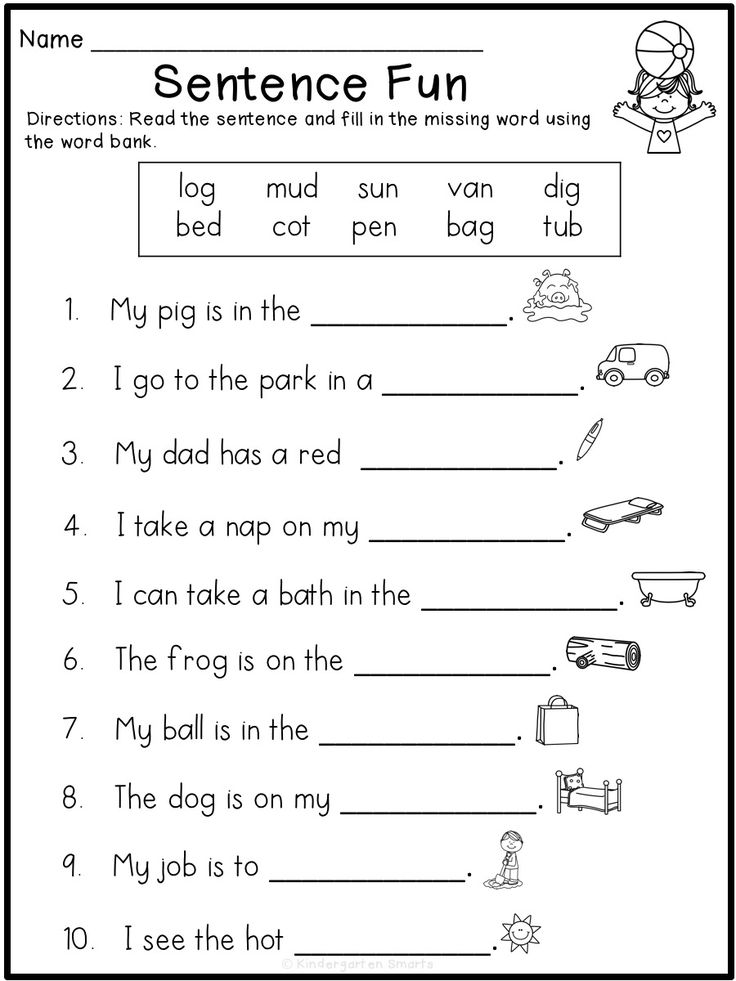 But reading is a rather laborious and monotonous activity, and many children lose interest in it. Therefore, we offer texts of small size , the words in them are divided into syllables.
But reading is a rather laborious and monotonous activity, and many children lose interest in it. Therefore, we offer texts of small size , the words in them are divided into syllables.
First read the work to the child yourself, and if it is long, you can read its beginning. This will interest the child. Then invite him to read the text. After each work, questions are given that help the child to understand what they have read and comprehend the basic information that they have learned from the text. After discussing the text, suggest reading it again.
Mo-lo-dets Vo-va
Ma-ma and Vo-va gu-la-li.
In-va ran-sting and fell.
It hurts no-ha, but Vo-va does not cry.
Wow!
B. Korsunskaya
Answer questions .
1. What happened to Vova?
2. What made him sick?
3. Why is Vova doing well?
Clever Bo-beak
Co-nya and co-ba-ka Bo-beak gu-la-li.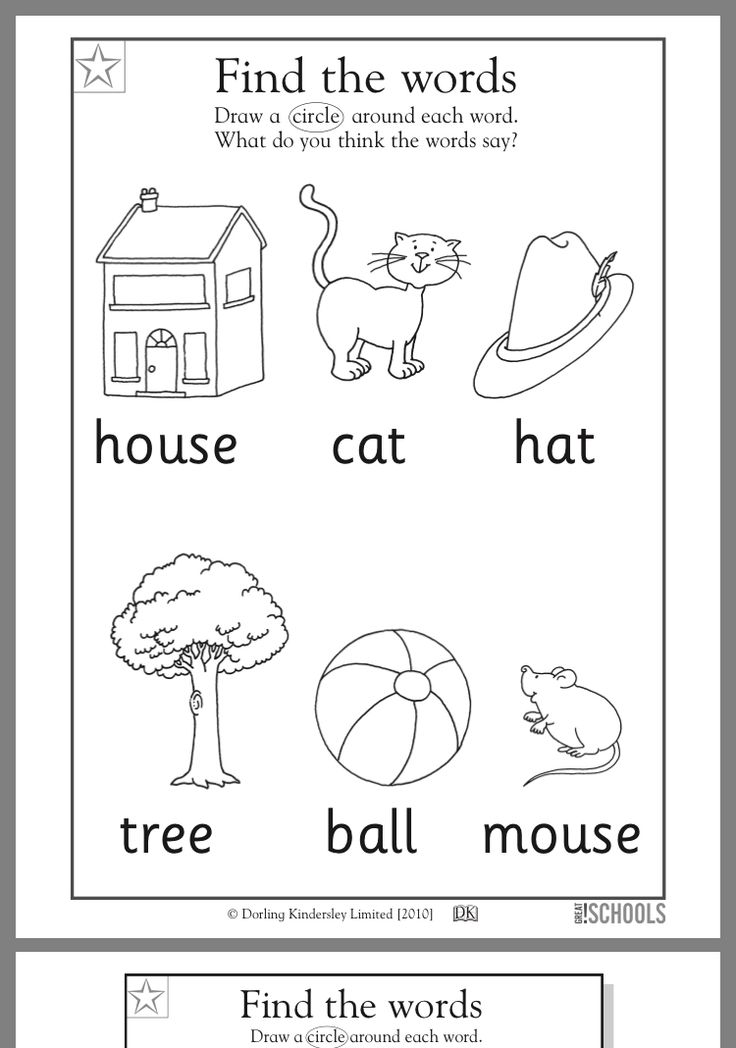
So-nya played-ra-la with a doll.
That's why So-nya in-be-zha-la to-my, and the doll for-would-la.
Bo-beek found a doll-lu and brought it to So-ne.
B. Korsunskaya
Answer the questions.
1. Who did Sonya walk with?
2. Where did Sonya leave the doll?
3. Who brought the doll home?
The bird made a nest on a bush. De-ti our nest-up and took off on the ground.
- Look, Vasya, three birds!
In the morning, deti came, and the nest was empty. It would be a pity.
L. Tolstoy
Answer questions.
1. What did the children do with the nest?
2. Why was the nest empty in the morning?
3. Did the children do well? How would you do?
4. Do you think this work is a fairy tale, a story or a poem?
Pete and Mi-sha had a horse. They began to argue: whose horse. Did they tear each other apart.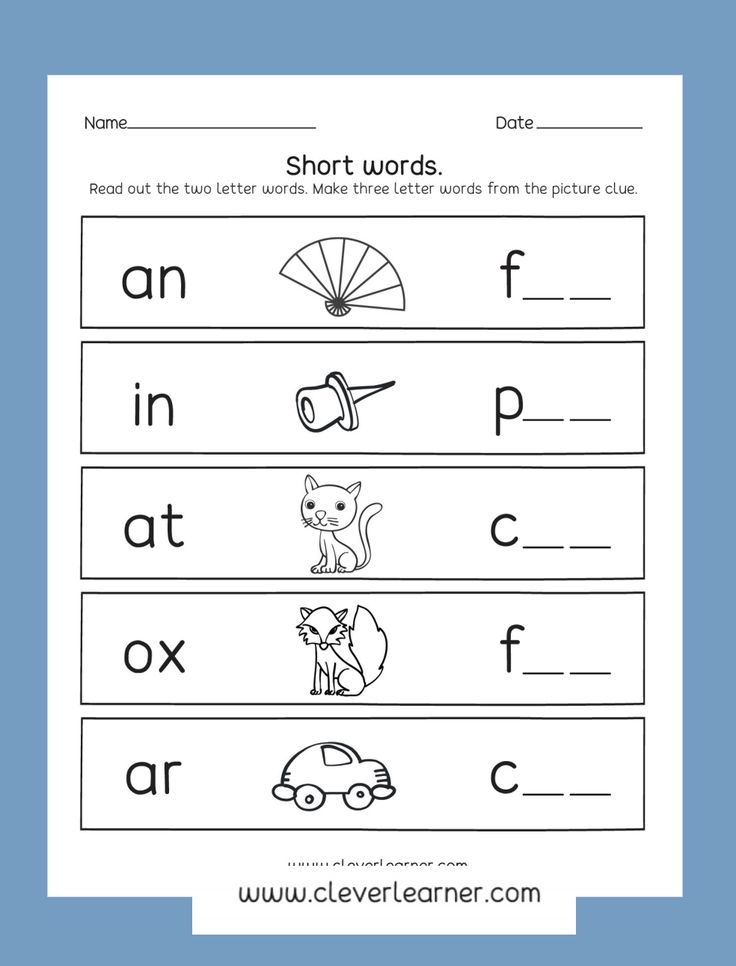
- Give me - my horse.
- No, you give me - the horse is not yours, but mine.
Mother came, took a horse, and became nobody's horse.
L. Tolstoy
Answer the questions.
1. Why did Petya and Misha quarrel?
2. What did mother do?
3. Did the children play horse well? Why do you think so
?
9000
9000 9000 9000 9000 9000 9000 9000 9000 9000 9000 9000 9000 9000 9000 9000 9000 9000 9000 9000 9000 9000 9000 9000 9000 9000 9000 9000 9000 9000 9000 9000 9000 9000 9000 9000 9000 9000 9000 9000 9000 9000 9000 9000 9000 9000 9000 9000 9000 9000 9000 9000 9000 9000 9000 9000 9000 9000 9000 9000 9000 9000 9000 9000 9000 9000 9000 9000 000 9000 9000 9000 9000 9000 9000 9000 9000 9000 9000 9000 9000 9000 9000 9000 9000 9000 9000 9000 9000 9000 9000
002
9000 9000 9000 FILVORDS for the development of reading, attention here.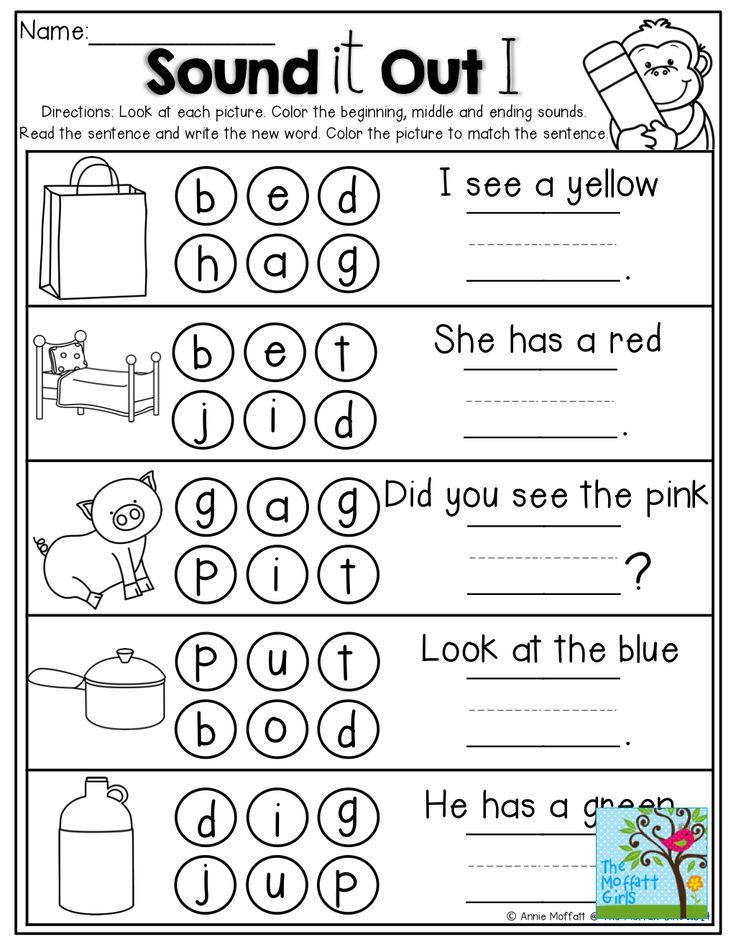
It will be interesting for children to read selected texts, they affect the emotional world of the child, develop his moral feelings and imagination . Children will get acquainted with the works of L. Tolstoy, K. Ushinsky, A. Barto, S. Mikhalkov, E. Blaginina, V. Bianchi, E. Charushin, A. Usachyov, E. Uspensky, G. Snegiryov, G. Oster, R. Rozhdestvensky, as well as fairy tales of different nations.
It is advisable to show children the genre features of poems, stories and fairy tales using the example of these works.
Fairy tale is a genre of oral fiction containing events unusual in the everyday sense (fantastic, wonderful or worldly) and distinguished by a special compositional and stylistic construction. In fairy tales there are fairy-tale characters, talking animals, unprecedented miracles happen.
Poem is a short poetic work in verse. The verses are read smoothly and musically, they have rhythm, meter and rhyme.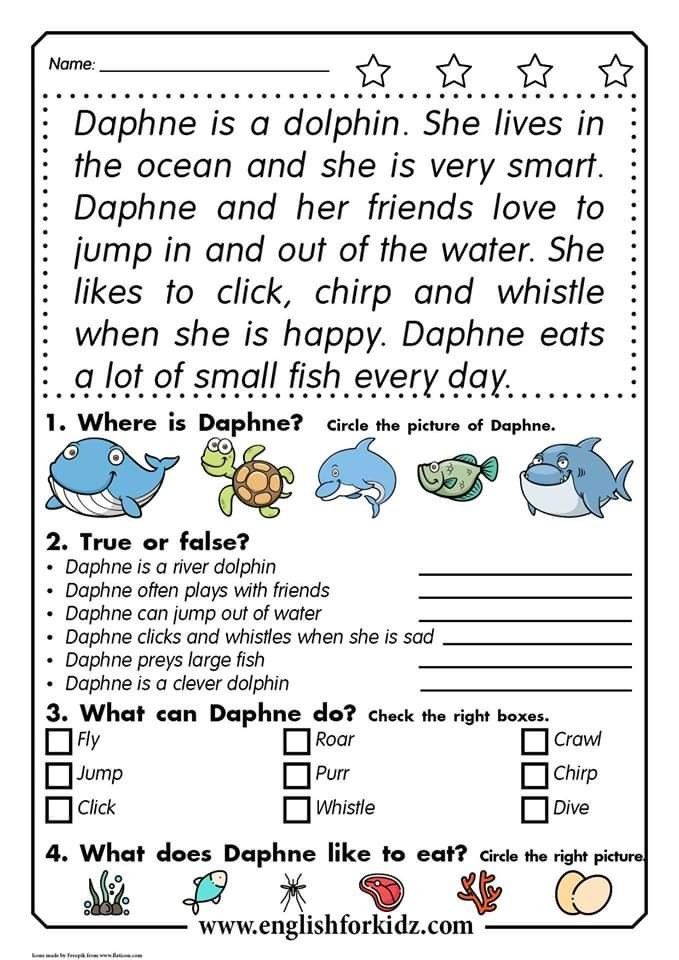
Story — small literary form; a narrative work of small volume with a small number of characters and the short duration of the events depicted. The story describes a case from life, some bright event that really happened or could happen.
In order not to discourage reading, do not force him to read texts that are uninteresting and inaccessible to his understanding. It happens that a child takes a book he knows and reads it “by heart”. Mandatory every day read to your child poems, fairy tales, stories.
Daily reading enhances emotionality, develops culture, horizons and intellect, helps to cognize human experience.
Literature:
Koldina D.N. I read on my own. - M .: TC Sphere, 2011. - 32 p. (Candy).
Teaching Reading - A set of games and tasks to develop reading skills
In the "Teaching Reading" section you will find a lot of interesting educational materials for children of preschool and primary school age. Here are a variety of printable educational materials designed to teach preschoolers to read, as well as to test the child's level of knowledge in the humanities. These tasks are suitable for regular homework with the child, developing his speech and intellectual abilities, as well as fully preparing him for the school curriculum.
Here are a variety of printable educational materials designed to teach preschoolers to read, as well as to test the child's level of knowledge in the humanities. These tasks are suitable for regular homework with the child, developing his speech and intellectual abilities, as well as fully preparing him for the school curriculum.
Also in this section you will find classes on the development of reading skills and verbal-logical thinking. This category contains printable tasks that educators can use as didactic material for working with a group of children. Teaching reading to preschoolers is always faster and more effective when it sparks a child's interest. So do not neglect the variety of materials presented to make classes with your child more fun and interesting.
Write a word from letters - Reading task
In this section you will find many tasks, each of which requires you to make a word from letters. In some tasks, you need to compose words from given letters, and in some you need to learn the letters yourself (by the first letter of each word-picture).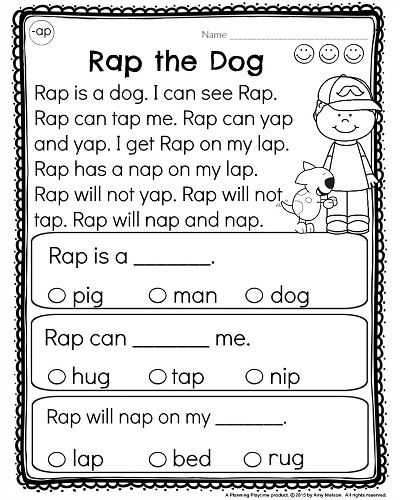 There are also tasks in which you need to make words from mixed letters or find hidden words.
There are also tasks in which you need to make words from mixed letters or find hidden words.
Stories with pictures instead of words for children
Here you can download short stories for children with pictures instead of words for children of preschool and primary school age. When reading the presented stories, you need to insert the right words instead of pictures. This kind of learning to read is very interesting for children who are learning to read.
Russian alphabet in order for preschoolers
Here we will study the Russian alphabet in order, from the letter A to the letter Z. Two letters are given on each worksheet. Each letter corresponds to several pictures. You need to circle only those picture words that begin with a given letter.
Learning the Russian alphabet
In this section you can download materials that will help you learn the Russian alphabet easily and simply. Here are special tasks for teaching the Russian alphabet, and cards with letters for printing, and much more .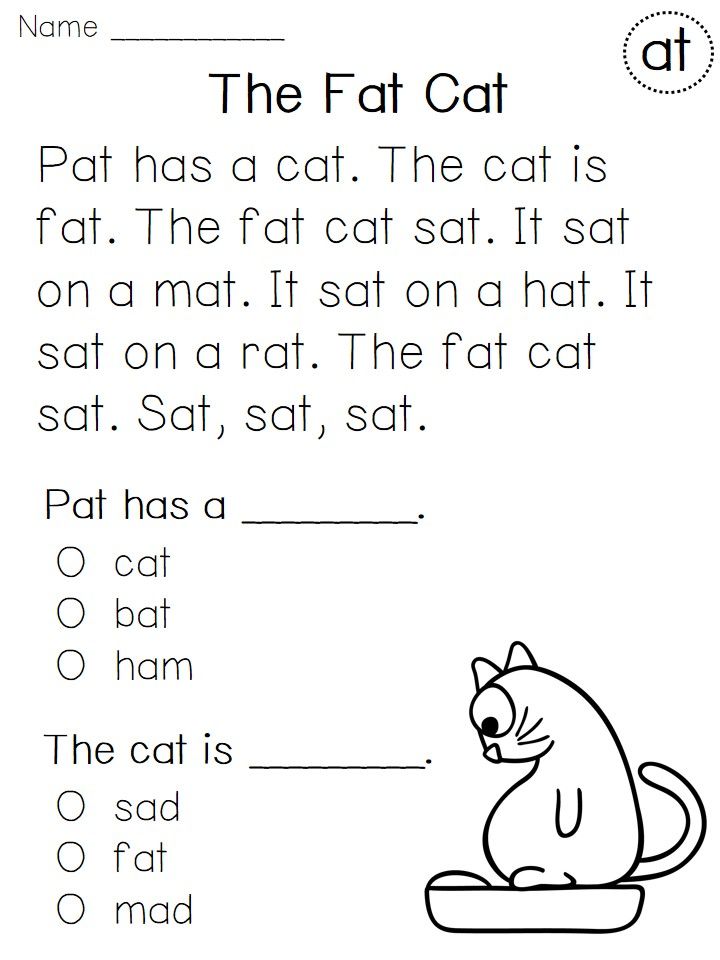 ..
..
Find a word by spelling in a square
In these colorful tasks for learning to read, the child needs, guided by pictures, to find a word by spelling in a special square, where the letters are arranged in a chaotic manner. Each search word corresponds to one picture outside the square. The order of letters in words can be horizontal, vertical and diagonal. Here you need not only to be able to read words, but also to be very careful to find them ...0004
Read by syllables are activities and printouts that teach children how to form words from syllables. Here you can download various tasks, print on a printer and work with your child following the instructions for each task.
Semantic reading - Working with text for children
Here you have to complete tasks for semantic reading. Working with text is a very important stage in teaching children to read. In these tasks, the child will practice finding synonyms and antonyms for words, understand and interpret the meaning and meaning of words and sentences, summarize and name the signs of objects, analyze the read text and answer questions asked about it, learn to compose sentences and stories, write dictations and much more other.